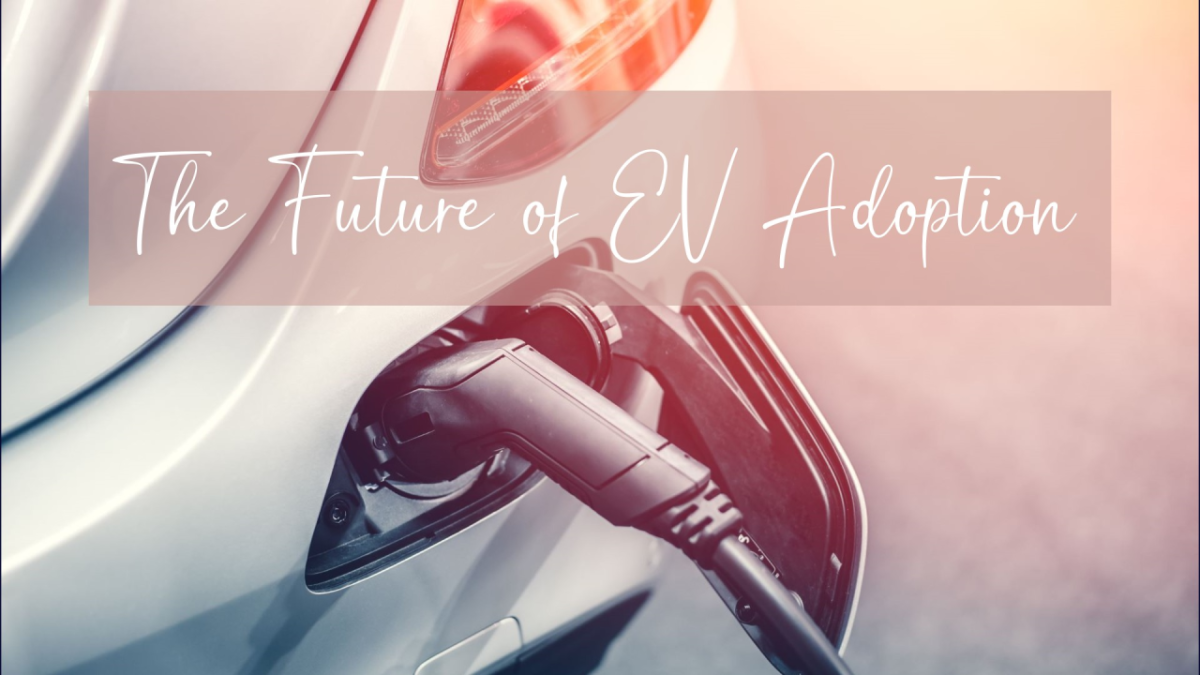
Harnessing Pakistan’s Youth for Economic Transformation
January 25, 2025
Renewable Energy Trends, Analysis, and Way Forward
February 28, 2025The electric vehicle (EV) revolution is racing ahead, and it’s doing so in a very competitive geopolitical space. The United States, China, and Europe are all trying to stake their claims in what could prove to be the transformative automotive sector.
China’s Lead in the EV Market
China is moving ahead at full throttle, establishing itself as the global leader in EV production and adoption. By 2025, China accounts for over 50% of global EV sales, thanks to a combination of consumer demand and state-backed incentives. Recent developments in China include:
1. Record Sales for BYD: In 2024, the Chinese auto company BYD sold a staggering 4.3 million vehicles, officially exceeding traditional internal combustion engine car sales in China. What a landmark event!
2. Export Strategies: Firms such as NIO and XPeng are moving rapidly into Europe and other new markets, armed with aggressive pricing and state-of-the-art technology.
3. Leadership in innovation: Chinese companies are pushing the boundaries in energy storage; they are developing new technologies and tweaking the old ones at break neck speed, ensuring that China remains the powerhouse for innovation. With China’s clear lead in control of the vast raw material and processing capacities, it has cemented it’s place as a leader.
European Manufacturers still mired in Challenges and Adaptation
Conversely, Europe’s automobile sector, once renowned for its creativity and excellence, is bumpily negotiating the transition to electric vehicles. Volkswagen, BMW, and Mercedes-Benz are investing heavily in electric vehicle development, yet they appear to be several laps behind their electric vehicle race-leading Chinese and American competitors when it comes to developing the vehicle at scale and at a price that consumers will pay.
Current advancements consist of:
1. Worries About Overproduction: The Volkswagen Company is looking for partnerships with manufacturers in China to use its production lines in Europe that are not being fully utilized. This reflects the need to adapt to changing demand and intensifying competition.
2. Policy Shifts: In countries such as Germany, cutting government subsidies has resulted in electric vehicle sales not only failing to meet expectations but also falling back, with a 3% decline reported in 2024.
3. Broadened Model Portfolio: Over 160 new EV model introductions are scheduled for 2025 from European automakers, but profit potential is dimmed by the need to satisfy regulatory concerns and by the threat of competition from aftermarket and U.S. EV offerings. In spite of these difficulties, Europe’s sustainability commitment, which finds its clearest expression in the EU’s Green Deal, builds the basis for long-term growth and adjustment.
Future Trends in EV Adoption and Battery Storage
The future of EVs and battery storage will be affected by a combination of technological, political, and market forces.
Here are key trends to follow:
1. Batteries that run on iron and air: Developments such as iron-air batteries, which can stash away power for an astonishing 100 hours, are dealing with the problem of the up-and-down, unreliable character of renewable energy and striving to make it into a power source we can always count on.
2. Declining costs: Lower costs and improved energy density through new developments in technology like solid-state batteries and sodium-ion batteries will increase the electric vehicle’s adoption and create improved usage of renewables on a grand scale.
3. Global Rivalry: The evolving economies—especially in Southeast Asia and Africa—are the next front in the electric vehicle (EV) adoption war, and they are falling under China’s influence. Some argue that this is a case of “EV colonialism”; it may or may not be that only the future will tell. Yet every new advancement changes the social and political landscape globally.
The Role of Clean Fuels
Although electric vehicles often garner the most attention, cleaner fuels such as hydrogen and biofuels are steadily moving toward center stage as complementary solutions. The push to establish a global hydrogen infrastructure, spearheaded by nations like China, Japan, and the various members of the European Union, is focused on serving not light but heavy-duty trucks and industrial applications. Green hydrogen and advanced biofuels are forecasted to step in where electrification is more complicated—aviation and shipping, for instance—and take to the skies and the open waters.
A Roadmap for the Future
While we maneuver through the EV and battery landscape’s many ups and downs, it’s evident that the race is reshaping the worldwide automotive and energy industries. China’s forward-looking policy has it way out in front, and Europe and the U.S. are in the slow lane, with much of the U.S. stuck in a fossil-fuel time warp.
Expect greater EV adoption, pioneering breakthroughs in battery technology, and the integration of clean fuels into the energy mix. Competition has intensified, and instead of playing a zero-sum game, the players have to learn to collaborate, as that can only ensure innovation that is essential for reaching a sustainable and equitable energy future. The victors in this next chapter will be those who not only excel in leading-edge technologies but also address climate change and energy security in a way that benefits all. And that promises to make this next ride a very exciting one indeed!





